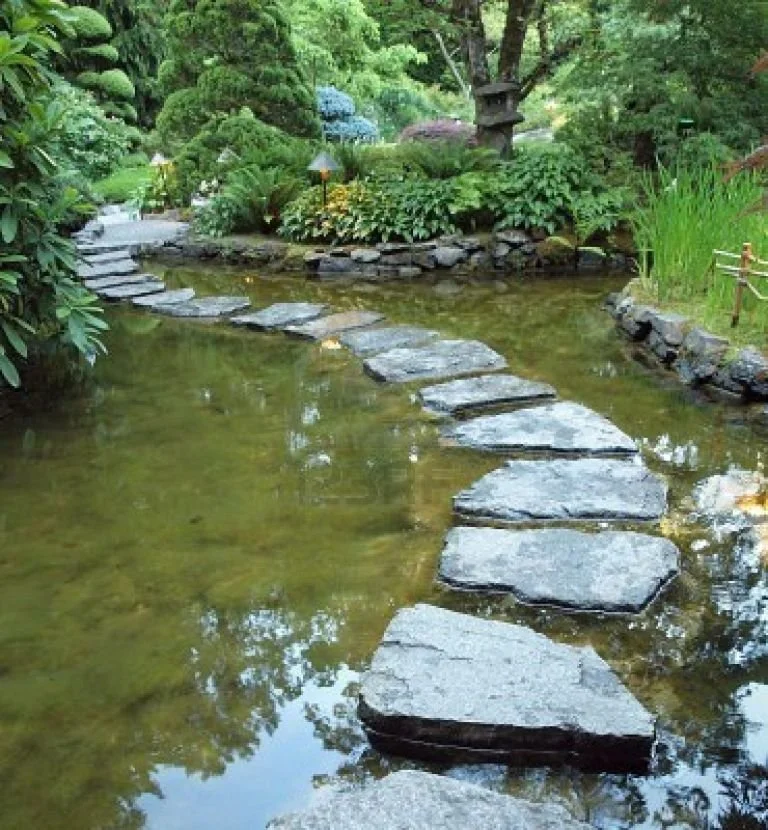I wanted to take a few minutes to share an exercise or activity that I’ve been—
Doing myself for a number of years;
Asking my coaching clients to do as part of our coaching;
Dovetailing into my CAL and LEA leadership classes to help attendees triangulate on their leadership journeys.
It’s the same technique in all of these cases. What’s neat about it is that the journey map is whatever you want it to be.
The essence of the approach is to build a mindmap that represents your personal & professional journey. In my case, since I do mostly agile coaching with my clients, it emerges as an “agile” journey map. But it could literally represent any journey that you are undertaking.
First idea: Past, Present, and Future
The first idea is to segment your mindmap with some vertical lines that represent your past (left-side), present (middle), and future (right-side).
Past
The past will be the clearest for you, but you might have to spend a little time mining your memory for details. Capture anything that you feel is relevant or that resonates with you. It’s not a “get into the nits or details” exercise. Rather, you’re trying to capture some high-level, defining moment information.
Present
The present is an interesting space. It’s not as reflective as the past, but more so, reactive. How are you doing now? What are you doing? How are you feeling? And how are you reacting to current events? There is no past nor future in your present. It’s simply your in-the-moment experiences.
Future
Now onto something that’s the most interesting. Your future. This is where ambiguity and the unknown reign. It’s also where hope and dreams are the determining factors. I like to emphasize the notion of dreaming here; making them as big, hairy, and audacious as possible. It’s also fine to have multiple paths in the future or several possible outcomes. It’s dreaming, right?
Second idea: Back to the Future
Part of the reason for visualizing your journey map is to take a deep, reflective dive into your past in order to chart a course toward your future.
Areas from your past you might want to explore might include—
What is the “essence” of you? What motivates and inspires you? Or gives you energy?
How are your principles aligned with your journey?
Your past work history, how have you developed and evolved?
Key successes and how have they influenced you? Conversely, major failures?
Mentors, role models, and influencers in your journey? How did they touch you?
Your strengths? Weaknesses? And SuperPowers?
What triggers (positive – energy; negative – reactive) you? And why?
Are there any major pivots or critical junctures in your journey? Explain?
This effort is focused on establishing a baseline or foundation level of understanding of your past. I always prefer to go here first in my mapping efforts.
Third idea: It’s an Ongoing WIP
This is not a once-and-done, activity. If that’s your perspective, then best not to start it at all.
Instead, this is intended to become part of your personal journey strategic planning. You’ll want to revisit it often. Noodling about the areas, bubbles, ideas, and thoughts.
It’s a visualization of your journey, so please add pictures and other visuals to inspire you. I’m a bit visual in my thinking so I have a tendency to be inspired by visuals.
Another important part of the journey map is that the future can have multiple goals and paths within it. Remember, you’re dreaming of your future, so there are near-infinite possibilities of what you might become. Seriously!
I’ve found that the notion of an Ikigai can help you triangulate your journey mindmaps when you consider the 4-quadrants of the metaphor.
Wrapping Up
I’d strongly encourage all of you to try using a mindmap to represent your agile or any personal/professional journeys. Tackle it iteratively and see what emerges from your insights.
I intentionally didn’t share any of my own maps. First, because many of them have private information. But also, because I didn’t want to influence your maps with my maps. I’ve found that there is a beautiful uniqueness to each individual map and I want you to find yours.
On the future side of the map, don’t forget to get a bit dreamy. Don’t let reality or pessimism or baggage weigh you down when you’re envisioning future possibilities. Just let yourself go.
And please consider sharing your mindmaps with your trusted colleagues, mentors, and especially coaches. I’m sure it will help them to help you as partners and guides in your journey.
Stay agile my friends,
Bob.
MindMapping Resources
By far, my favorite MindMapping tool is MindMup. While there are many, many tools that support the technique, I like the fact that it’s dedicated to that focus. https://www.mindmup.com/
Mural nicely supports MindMapping as well and does it in a way to share with others. As does Miro…
And here’s a guide on how to begin mindmapping – https://simplemind.eu/how-to-mind-map/basics/
Here’s a short LinkedIn post from Olina Glindevi with a lovely sketch note. A great starting point for your MindMap ideation.
Here’s a LinkedIn post from Paul Byrne focusing on Self-Authorship. I love how this connects to your journey mapping!


